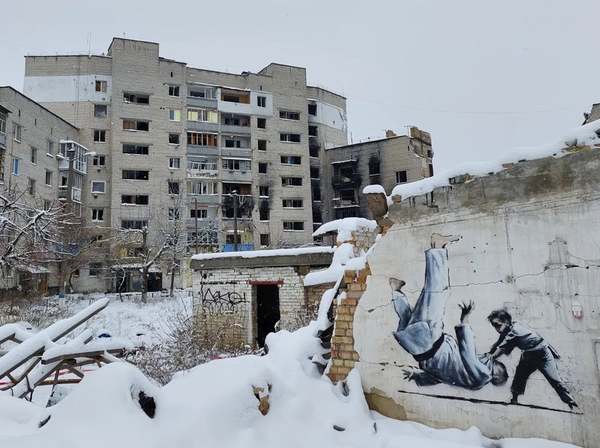People, words, buildings, stories, and moods—all of these and more have contributed to creating the Budapest we know today over the past 150 years. To mark the anniversary, we asked people who are connected to the capital by a thousand (or at least a hundred and fifty) threads about the past and future of Budapest and their personal connection to the city.
Dávid Zubrecki journalist, architectural storyteller
What would you have been in Budapest 150 years ago?
If I were to be realistic, I would most probably have been a manual worker of some kind, since most of the people in Pest were such laborers. A porter or a coachman, or better still a shoemaker, maybe a bookbinder. If I was lucky, I might have got a modest but boring desk job. By the way, my great-grandfather was a professional builder—albeit a few decades later and in another town—but if I had been one, I would have been involved in architecture, as I am now. But if I had let my imagination run wild and talked about dreams, I would of course have liked to be a writer, as I am now. But at that time, there was no way of making a living from it as there is now. So, let’s say I’d be a wealthy privateer, perhaps a nobleman with a flat in Pest, living off the income from his country estates, who wrote about houses in the capital for pleasure. How I would love to read my then-self now!



The differences in geography, history and development still create tangible contrasts between Buda and Pest. What do you like about both?
I like a lot of little things on both sides. If I can only highlight one, it’s the roofs in Pest and the stairs in Buda.


What are the best and worst things about Budapest?
Budapest, somewhat absurdly, is not the best at anything, but good at everything—and that makes it far above the average. To put it a little more clearly, considering its buildings, there is not one iconic piece of architecture that is unique in the world and is worth traveling from halfway around the globe to see. Yet there are so many different styles of architecture represented by great works that few in the world can boast. We have Ancient Roman, Medieval, Ottoman Turkish, Baroque, Romantic, Art Nouveau, and Historicist buildings, and so many other styles and periods. Moreover, it is a harmonious whole and of an unrivaled high average standard. And this is only our built heritage, but the same is true of our natural assets, cultural programs, cafés, nightlife, and everything. What’s the worst? The fact that we can’t take care of any of these things, is as if we don’t even notice what treasures we have. Compared with other cities, we destroy buildings, natural assets, and culture for a pittance.


Which image and/or song best describes Budapest for you?
Now, the image at the top of my head was the Elisabeth Bridge designed by József Reményi on the fifty-fillér coin, and the song was Budapest by Tamás Cseh and János Másik with lyrics by Géza Bereményi. If I had time to think, I’m sure I could come up with something more original.
If you had to recommend a book about Budapest that might also be available in a foreign language, which would it be?
János Térey’s Átkelés Budapesten (Crossing Budapest—the Transl.) is the first book that comes to mind, but it’s only in Hungarian—perhaps it couldn’t even be translated into a foreign language. András Török’s Books on Budapest, on the other hand, has German and English versions.
Who or what is the most ‘Budapester’ person or thing for you?
Speaking of András Török, he is definitely one of them. It’s amazing that he can describe Budapest in a way that is true to every word, yet his description is of a fairytale capital, ten times as exciting and attractive as we see it. He probably sees the real thing, and we should learn to look at it in the same way. As for the ‘thing’, let it be the bench in the City Park. It is (or at least could be) as iconic as the red telephone box in London, except that it’s still as useful now as it was when it was designed.

If you had to live in one of the region’s other capitals instead of Budapest—Vienna, Belgrade, Ljubljana, Bratislava, Prague, Warsaw, or Zagreb—, which one would you choose?
Ljubljana is perhaps the most attractive because it’s so compact: it perfectly combines the benefits of a small town and a big city. I think I would still choose Vienna, where I’d feel most at home, as I find it is the closest to Budapest.
How do you see Budapest in another 150 years?
Much the same as it is now. Somehow I feel so familiar with the pictures from 150 years ago, especially when looking at the old houses, that I don’t feel that much has changed, and maybe it won’t be different in the future.
Portrait: Barna Szász/offbeatbudapest.com
Graphic design: Roland Molnár

Cartoon characters loose on the streets | 0036MARK and street art

Did the Czechs and Poles pass with an A?










